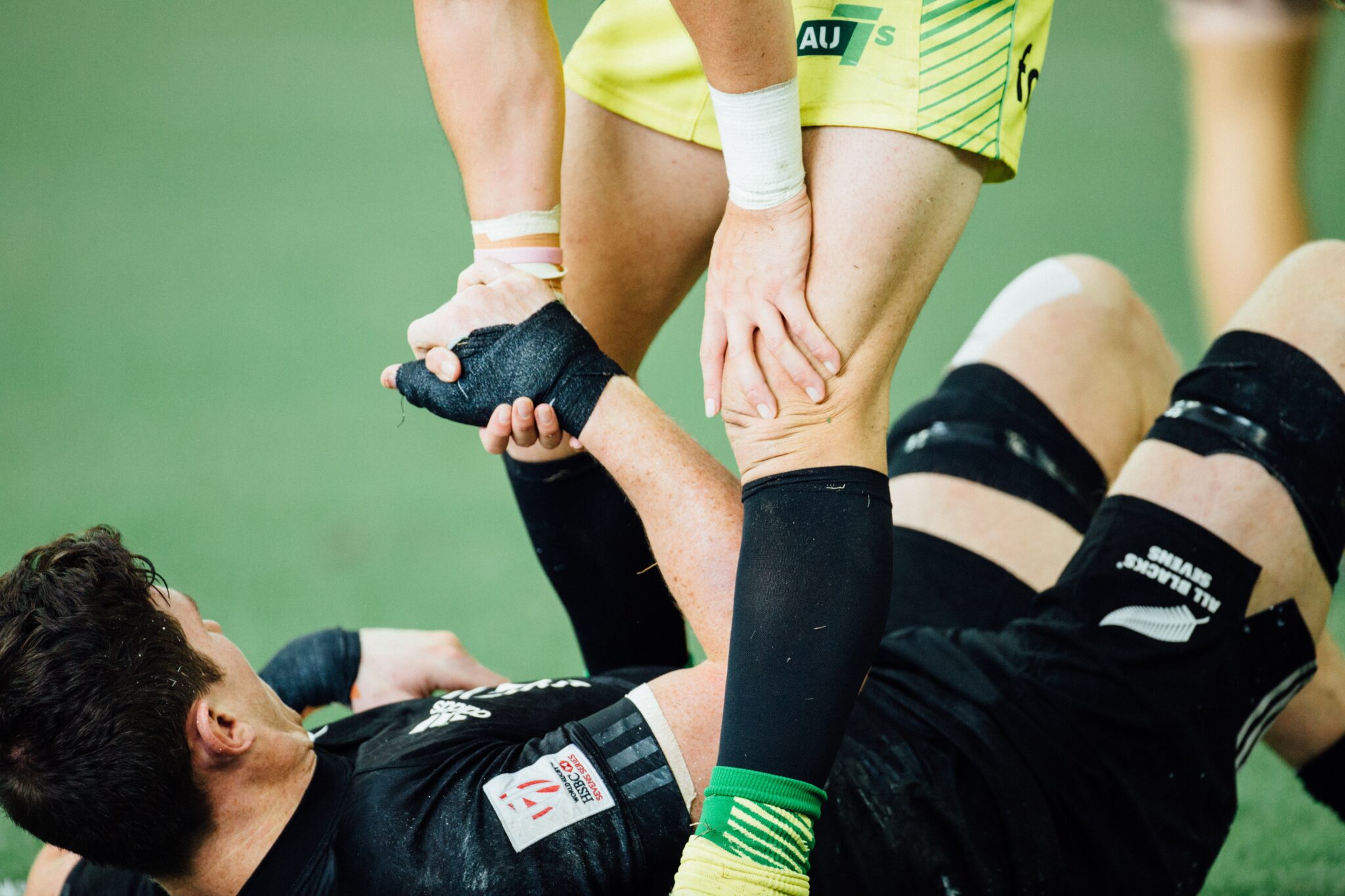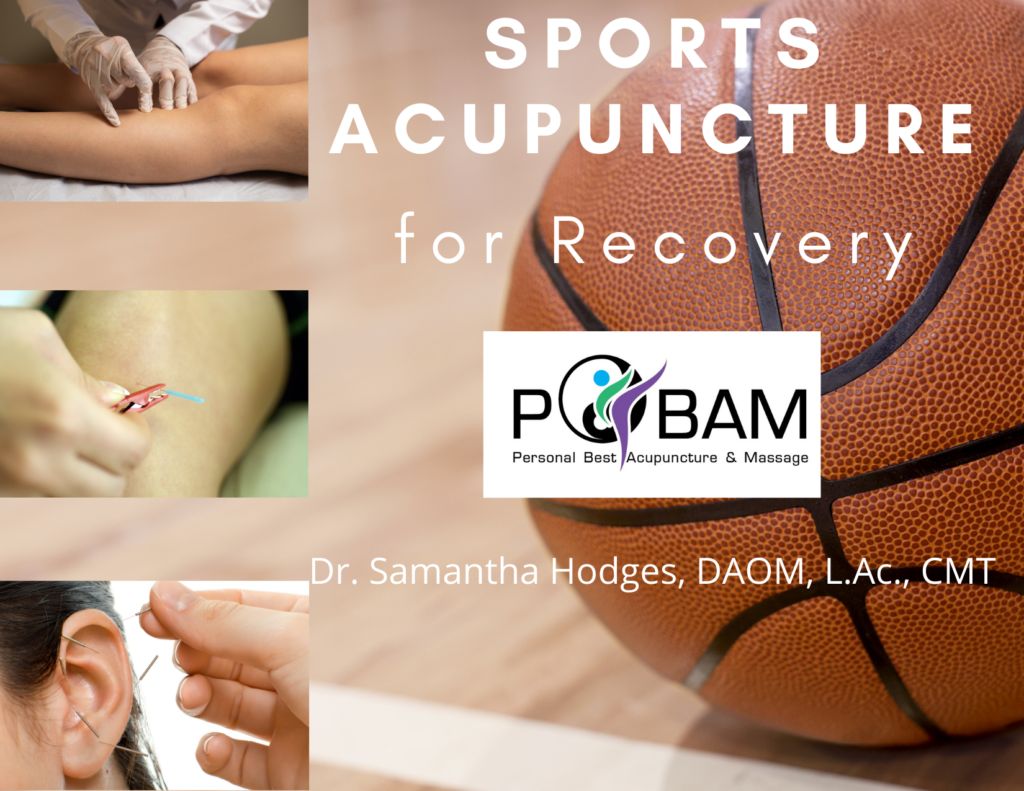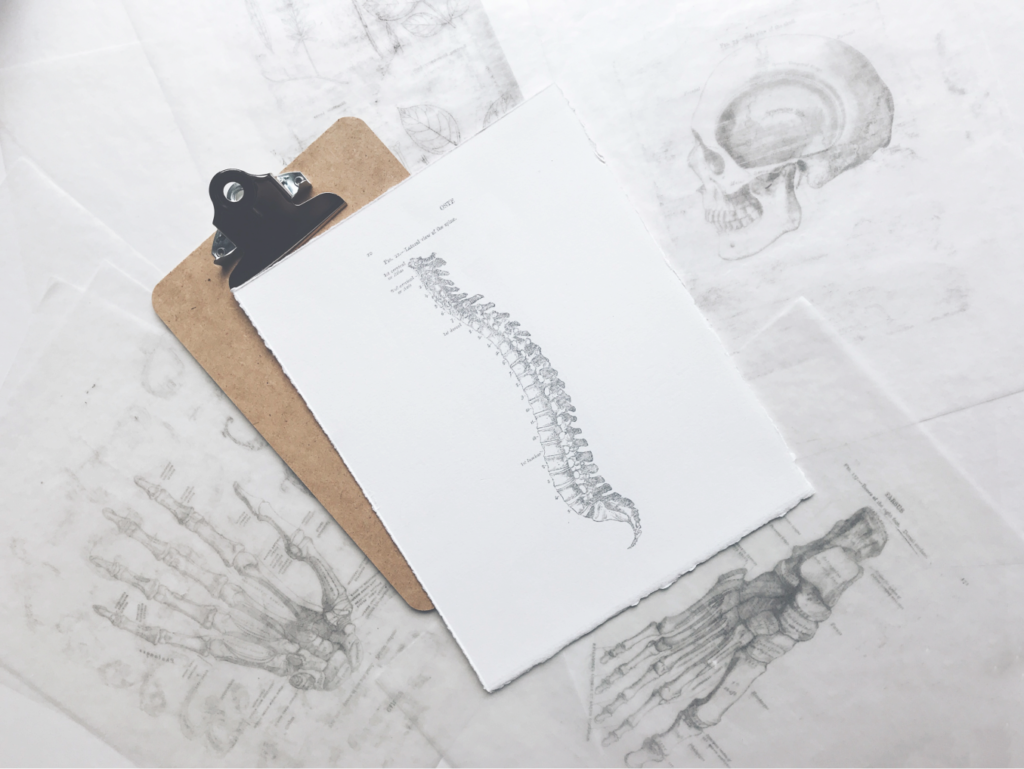Say No to R.I.C.E & Yes to M.E.A.T
It’s time people stop using ice for injuries. Other modalities such as acupuncture can assist in healing.

Dr. Samantha Hodges, DAOM, L.Ac., CMT
I did my best to write this in a way that is inclusive to anyone that wants to learn about this topic. There is no prior medical knowledge necessary. I want everyone to have information that can help them achieve their personal best!
I am writing this in hopes of achieving two things. One is that people will stop using ice for injuries. Second, I want people to become aware that acupuncture can be effective in treating acute injuries. I know old habits die hard but even Dr. Mirkin who literally wrote the book on R.I.C.E. came out and said that ice is not the best thing ever for acute injuries.1 Are you wondering what R.I.C.E. and M.E.A.T. stand for? Here it is Rest Ice Compression Elevation and Movement Exercise Analgesia Treatment.
Let us first address why ice is not a good option for an injury. In 1978, Dr. Gabe Mirkin, MD brought the term R.I.C.E. to the sports medicine world in his book Sportsmedicine Book. This was all the craze until 2014 when Dr. Mirkin took it upon himself to post on his website explains why ice delays healing.
One very important concept I want you to take away from this is HEALING REQUIRES INFLAMMATION. That’s right. Inflammation can be your friend. Without inflammation, germs would have their way with us, and tissue would not heal. One of our inflammatory friends are cells called macrophages. These little guys release a hormone called Insulin-like growth factor (IGF-1) into the injured tissue and helps assist in the healing process. Ice on the other hand will prevent the body from releasing IGF-1. Ice causes blood vessels to constrict, shutting down the blood superhighway to get the paramedics to the scene (healing cells, like macrophages and leukocytes).1 You may also want to rethink taking NSAIDs immediately after injury. There are may alternatives to help ease the pain that we will cover. My favorite, acupuncture, is on top of the list.
This is not news to an acupuncturist. Cold is one of the external evils. If you tell any acupuncturist you ice your knee, you will see the pain in their face immediately. This is because ice impedes the flow and qi and blood into the area. When there is an injury there is stagnation of blood and qi that results in pain. You want to increase circulation to the injured area to move the injured/stagnant qi and blood out and bring in healthy qi and blood and maintain circulation in the area. Ice prevents this from happening. Not cool, ice (pun intended).
Before we talk about my favorite subject, acupuncture, let me explain a little about M.E.A.T.2. Movement of the injured area in a pain-free active range of motion (AROM) can help circulate the lymph throughout the body. This will help move the waste products from the injured site. This reminds me of a quote I heard from an anonymous source, “Motion is lotion.” Exercise will include resistance with AROM such as with a TheraBand.
CFor analgesia, one ideally wants to avoid NSAIDs (remember inflammation is a friend of healing). There are alternatives. In Chinese medicine we have many topical herbal plasters, ointments, and herbs that can be take internally. Acupuncture can be done locally at the area or can be done on the ear. Battlefield acupuncture has been used by the military for years. This protocol is a powerful analgesic for injury and is safe to use immediately and in almost any environment.3 Quick fun fact: acupuncture began to be more accepted in the US after Nixon received acupuncture with favorable results for postoperative care while on his trip to China in 1979. 4lick here to change this text. Lorem ipsum dolor sit amet, consectetur adipiscing elit. Ut elit tellus, luctus nec ullamcorper mattis, pulvinar dapibus leo.
Treatment can be acupuncture as well at kensiotape, braces (minimally restrictive kinds), and physical therapy. In my opinion, acupuncture and physical therapy are like peanut butter and jelly for injuries and yield the best results when combined. I see the acupuncture treatments as the “classroom” where the tissue gets instructions and the PT as the “homework”. The tissue needs continued lessons to learn how to heal properly and support the surrounding structures. When treatment is avoided, you have a higher chance of developing a chronic injury due to the tissue not healing properly and compensation patterns.
The name of my practice is Personal Best Acupuncture & Massage. I chose this name because I want to help all my patients reach their full potential, their personal best. When an injury happens (and they will), skip the R.I.C.E. go for M.E.A.T., and give your local sports acupuncturist a ring!
References
www.drmirkin.com/fitness/why-ice-delays-recovery.html


